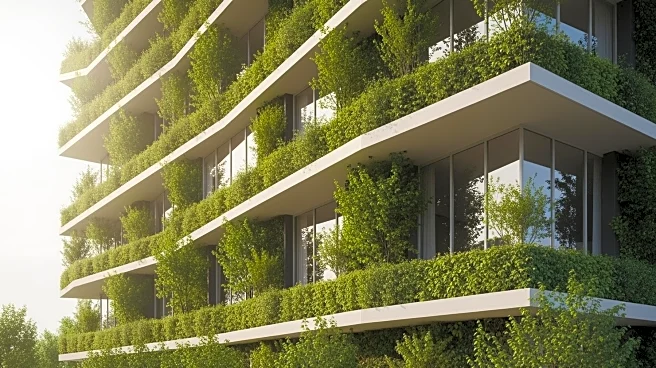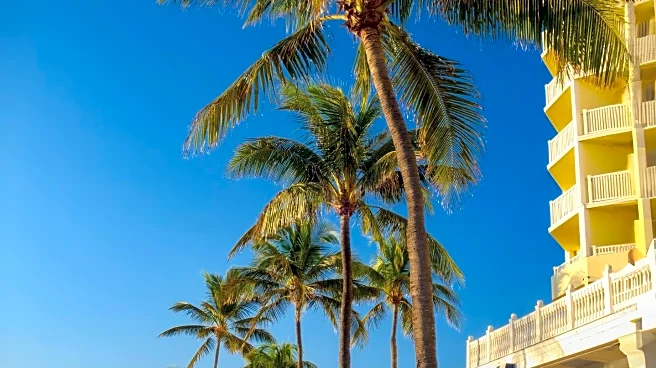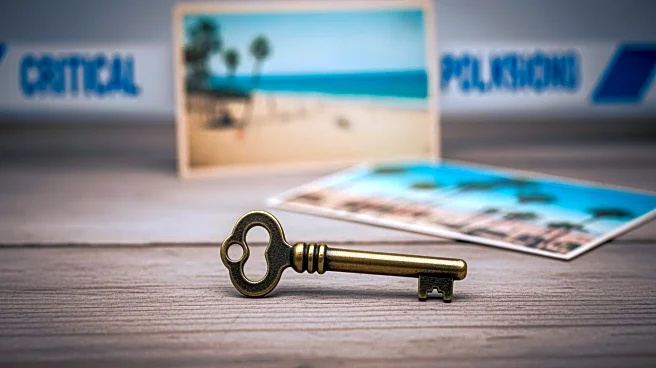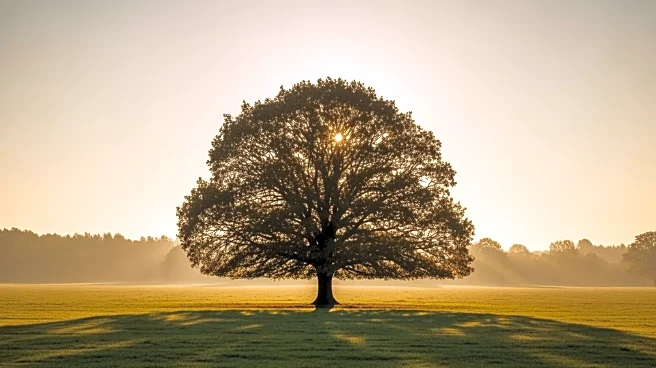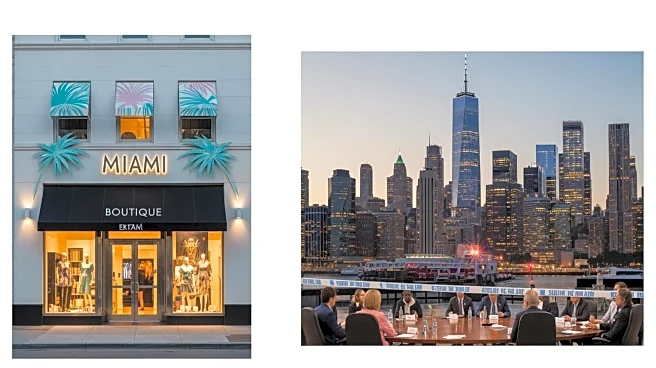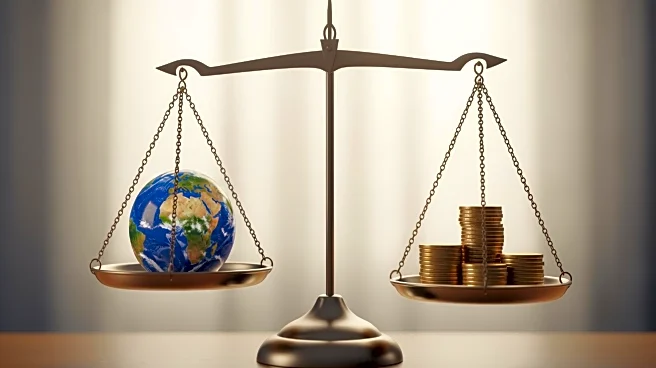What's Happening?
South Florida is witnessing a surge in green building initiatives, with developers and public agencies prioritizing net-zero and high-performance buildings. Miami-Dade's building code already incorporates measures for climate resilience, addressing hurricanes,
flooding, and sea-level rise. These efforts are complemented by evolving national energy codes and progressive green standards, setting high expectations for environmental performance and resilience in new projects.
Why It's Important?
The focus on green building in South Florida is crucial for enhancing climate resilience in a region vulnerable to extreme weather events. By adopting net-zero and high-performance building standards, developers can mitigate the impacts of climate change, potentially reducing long-term costs associated with damage and repairs. This shift also reflects broader trends in the construction industry towards sustainable practices, which could influence public policy and investment decisions in the region.
What's Next?
As green building standards continue to evolve, developers and public agencies in South Florida may need to invest in new technologies and materials to meet these expectations. This could lead to increased collaboration between stakeholders to develop innovative solutions for climate resilience. The success of these initiatives may also encourage other regions to adopt similar standards, potentially influencing national building codes and sustainability practices.
Beyond the Headlines
The emphasis on green building may also have cultural implications, promoting a shift towards more sustainable lifestyles and community planning. This could lead to increased public awareness and support for environmental initiatives, fostering a culture of sustainability in South Florida.
